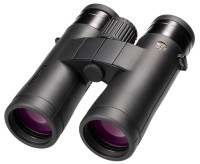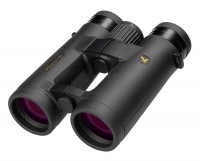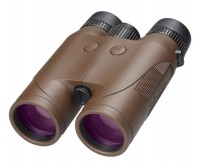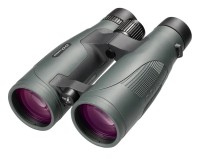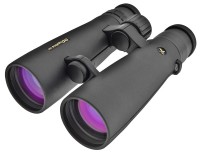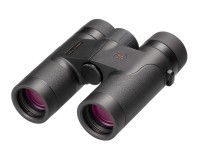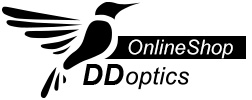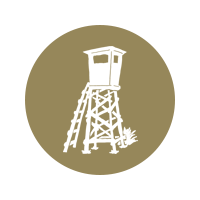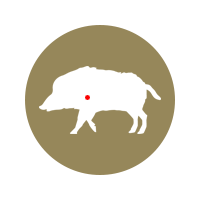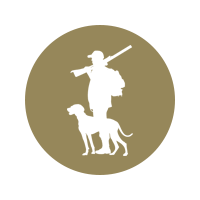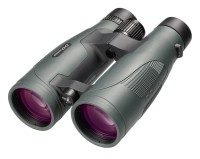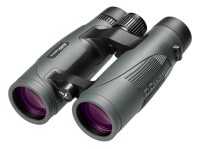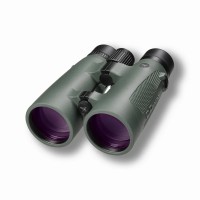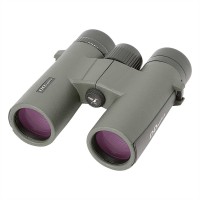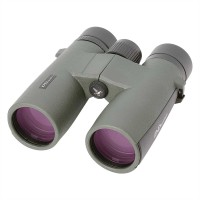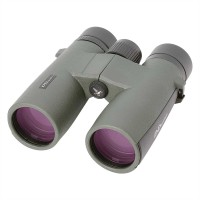
Hunting binoculars by DDoptics
The most important piece of equipment for hunting is still the hunting binoculars. Even modern electronic thermal imaging technology does not change that. Modern hunting binoculars offer a good overview when scanning the area, provide security when addressing game and provide their services in any weather until late at dusk and at night.
The binoculars are still unsurpassed when it comes to the realistic depiction of nature, landscape and hunting situation. The finest details and colors become visible and enable the reliable and correct addressing of game. Good hunting binoculars round off the hunt as a beautiful nature experience overall, if only because you simply see things differently with binoculars.

Hunting binoculars for the Night hunt
Hunting binoculars for the Drive hunt
Hunting binoculars for the Deer stalking
Hunting binoculars for the Mountain hunt
We recommend night hunting binoculars with an exit pupil of 7 mm if possible, little loss in the prisms, good lens coating and light transmission of no less than 90% at 450 nm. The weight of night hunting binoculars is of secondary importance.
When it comes to driven hunts, things have to be done quickly, which is why binoculars that are small and light and have a large field of view and high magnification are suitable for this. Therefore, 8x30, 8x33 or 8x42 binoculars by DDoptics are ideal for drive hunts.
The perfect stalking binoculars for hunting in the undergrowth should be small and light and still offer sufficient magnification. 8x42, 8x45, 10x42 or 10x45 binoculars are recommended for deer stalking.
Mountain hunting is physically strenuous and requires light and bright binoculars, which are good for spotting chamois or ibexes on the steep mountain slopes. Therefore, 10x50 and 10x42 binoculars by DDoptics are very popular for mountain hunting.


Hunt binocular, light transmission and exit pupil
In addition to the size of the hunting binoculars, there are of course qualitative differences in the processing, the types of glass used or the optical coating, but also the choice of prisms for the effective light output, i.e. light transmission, of your hunting glasses.
High-quality, bright night hunting glasses are therefore usually equipped with larger but also more expensive Abbe-König roof prisms, while cheaper binoculars for hunting of the same size usually use the slightly weaker Schmidt-Pechan erecting prisms.
The 8x56 hunting binoculars by the Pirschler series are therefore only equipped with more powerful Abbe-König prisms. Since the exit pupil of the human eye, especially in older people, often no longer expands to the maximum of 7 mm, the exit pupil should also be taken into account when selecting hunting binoculars.
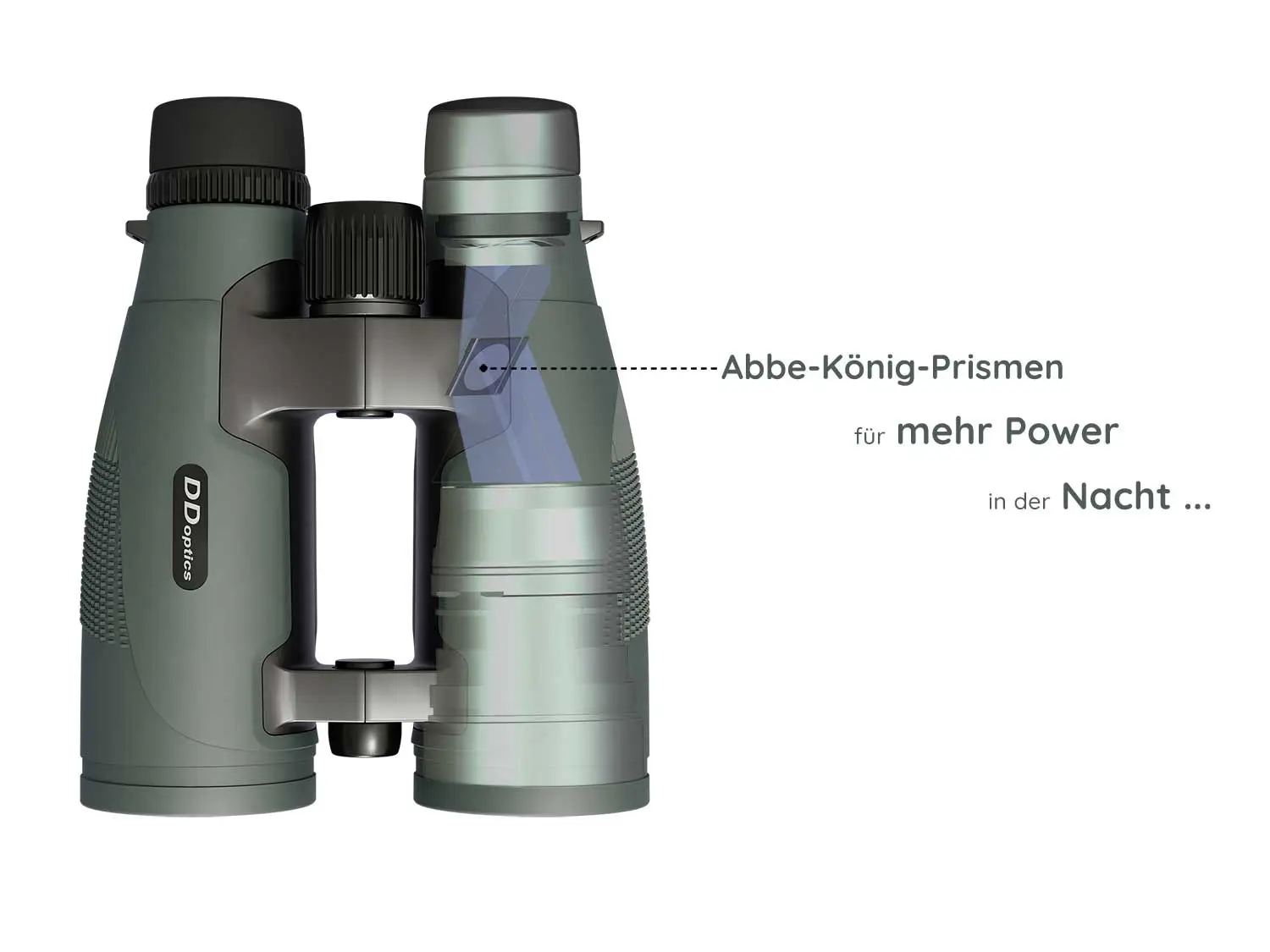
Field of view and magnification
Hunter, binocular, scope
A widespread misconception is that higher magnification is generally better, or even represents a quality criterion. It is not so! In addition to the already mentioned slight reduction in light output due to higher magnification, this also has a negative effect on the field of view of your hunting binoculars. The higher the magnification, the more narrows your field of view and thus your overview. Especially for hunting applications such as drive hunts or drive hunts in general, this factor is often forgotten when buying binoculars. When choosing the right magnification for your hunting binoculars, you should also consider that the natural unsteadiness of the hand increases with increasing magnification and leads to greater image jitter. Binoculars with magnifications of 12x or even 15x are therefore NOT recommended for hands-free holding!
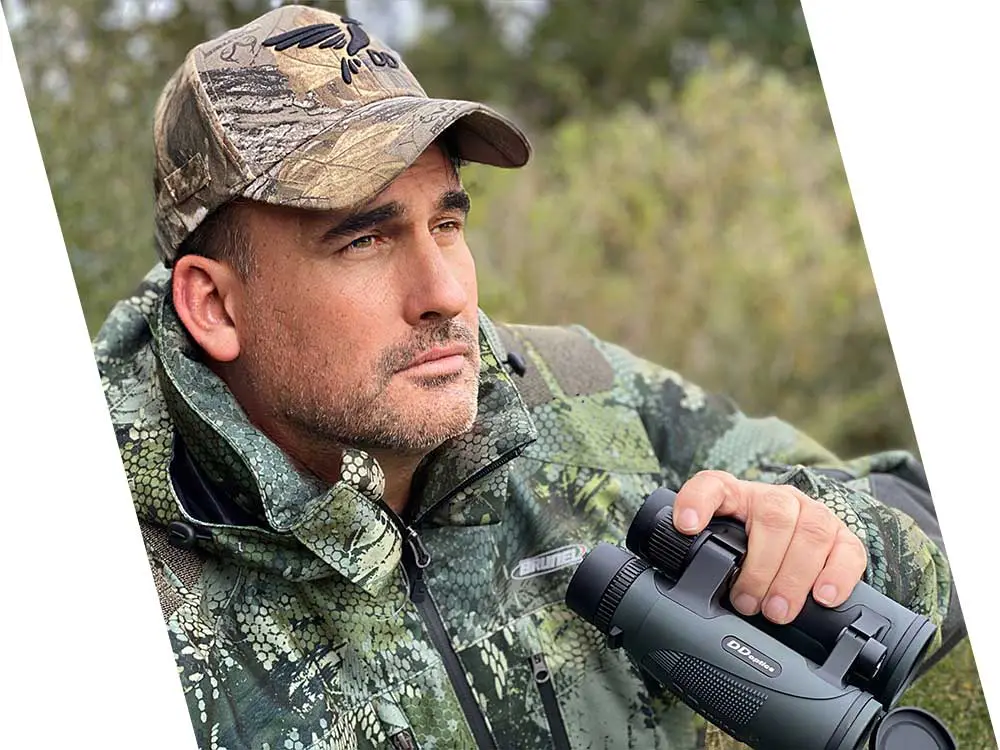
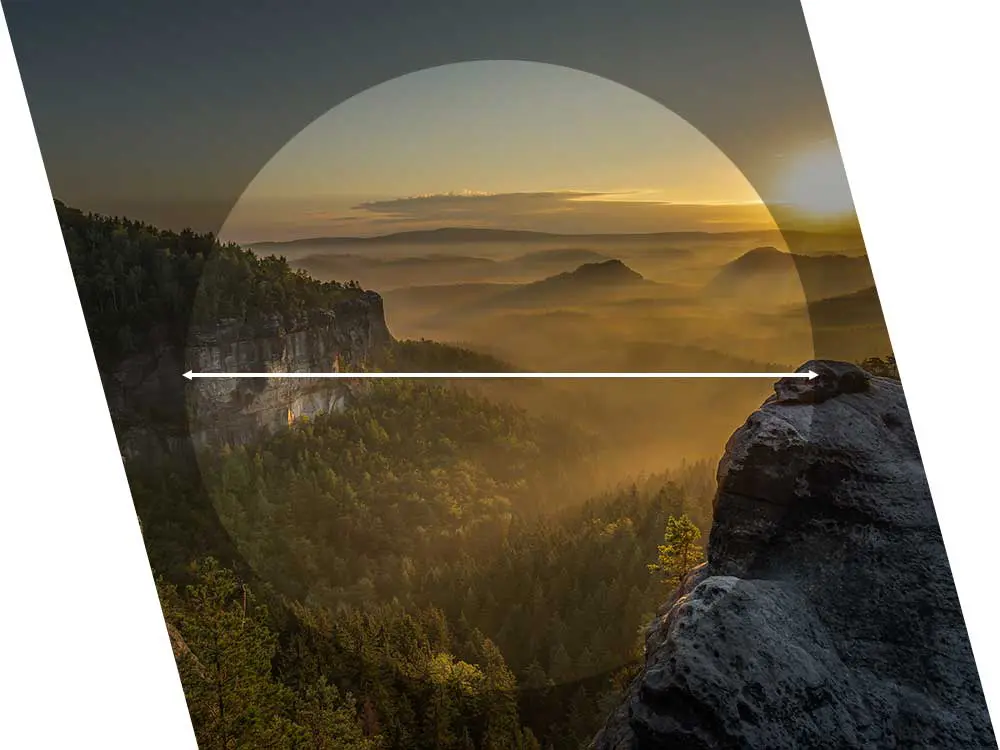
Most hunters go hunting in the early morning or late afternoon or early evening. Consequently, the luminous intensity of the hunting glass, at first or last daylight, is decisive in order to still deliver bright images to the eye. Without taking qualitative differences into account, the light intensity increases the larger the lens diameter of your hunter binoculars. At the same time, the light output falls again with higher magnification. Of course, the same also applies to other hunting optics such as rifle scopes or spotting scopes for hunters.

